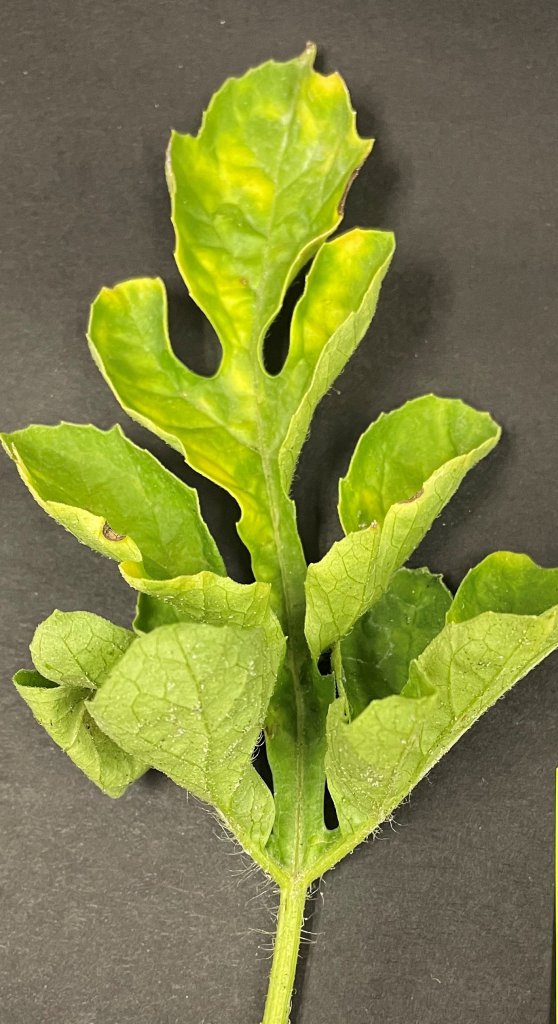
By Clint Thompson
Two new watermelon viruses discovered recently in Texas are now a concern of Florida producers.
As if South Florida growers did not have enough diseases to concern themselves with, these two new viruses are now on growers’ and industry leaders’ radar.
Pam Roberts, professor of plant pathology and state Extension specialist for vegetable pathology at the University of Florida (UF) Southwest Florida Research and Education Center in Immokalee, Florida discussed the impact of the two new watermelon viruses for the Florida watermelon industry.
“The problem with these viruses are that they are novel, unknown. It’s to the point we don’t even know what the vector is,” Roberts said. “In one sense, it really doesn’t help the growers as much by not having any information about what they need to do. But the on the other hand, at least this explains why we were seeing what looked like virus symptoms in the field, but they kept coming up negative. Now that we know that there are these other viruses out there, we can start figuring out what they’re doing to the crop and figure out what the vector is; how they’re moving around and update some control recommendations.”
Where Found?
The crinkled leaf-associated virus 1 and 2 have been found in Collier, Desoto, Glades, Osceola, Charlotte and Seminole counties. They just add to a long list of disease and virus challenges that farmers must overcome in the Southeast.
“(Watermelons) don’t get a break. They’ve got everything from foliar to the soil-borne to phytophthora that only goes to the fruit. They have a battery of diseases to deal with,” Roberts said. “Some of them are very difficult to control.”
Growers who suspect they might have watermelon crinkle leaf-associate virus 1 and 2 can bring leaf samples to the plant diagnostic lab at the Southwest Florida REC and to the lab at the North Florida Research and Education Center in Quincy.









